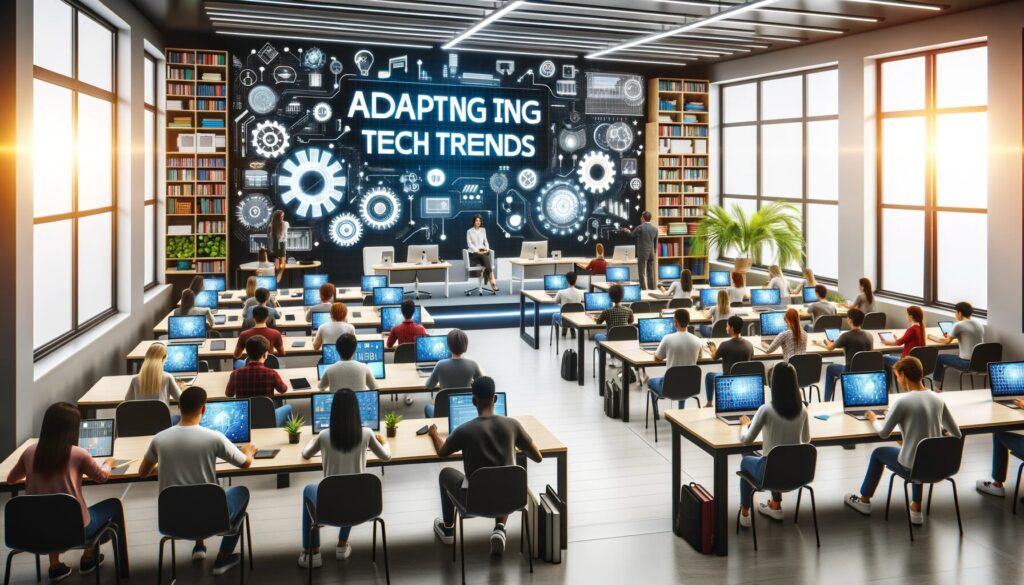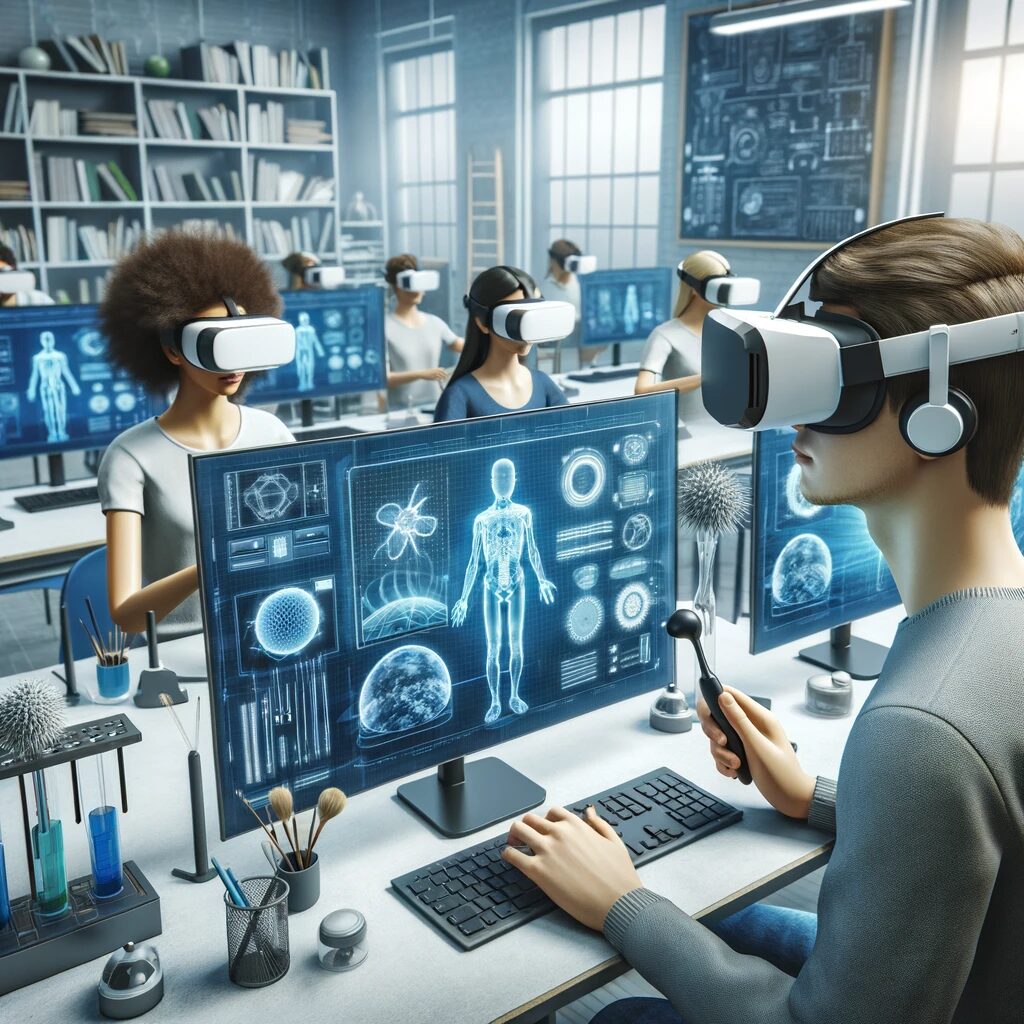
Embracing Technology in Canadian Academia
In the dynamic landscape of higher education, staying abreast of technological trends is not just beneficial; it's essential. For Canadian universities and colleges, adapting to these trends means more than just staying relevant – it's about reshaping the educational experience to meet the ever-evolving needs of students and educators alike.

The Rise of Digital Classrooms
The transition to digital classrooms has been accelerated by global events, pushing institutions to embrace virtual learning platforms. This trend is not just a temporary shift but a window into the future of education.
Implementing Interactive Learning Platforms
Interactive learning platforms have revolutionized the way courses are taught. By integrating tools like virtual whiteboards, chat functions, and collaborative workspaces, educators can create a more engaging and participatory learning environment.

Harnessing the Power of Data Analytics
Data analytics in education offers profound insights into student performance and learning patterns, enabling personalized learning experiences and informed decision-making by the administration.
Personalizing Learning Experiences
Utilizing data analytics allows for the creation of tailored educational paths for students, catering to their strengths and addressing their weaknesses.

The Integration of AI and Machine Learning
AI and machine learning are not just buzzwords; they’re powerful tools reshaping educational methodologies. From grading automation to AI-driven tutoring systems, these technologies are making education more accessible and efficient.
Automating Administrative Tasks
AI can significantly reduce the administrative burden, allowing educators and staff to focus more on student engagement and less on paperwork.

Virtual and Augmented Reality: The New Frontier
VR and AR technologies offer immersive learning experiences, bringing complex concepts to life. They provide a unique way to engage students, especially in fields like medicine, engineering, and architecture.
Enhancing Practical Learning
Through VR and AR, students can gain hands-on experience in a controlled, virtual environment, enhancing their understanding and retention of complex subjects.

The Importance of Cybersecurity
With the increase in digital platforms, cybersecurity is paramount. Educational institutions must prioritize protecting sensitive student and faculty data against cyber threats.
Building a Secure Digital Infrastructure
Investing in robust cybersecurity measures is not just about protection; it’s about building trust within the educational community.

Preparing for the Future
As technology continues to evolve, so must educational institutions. Embracing these changes requires a mindset shift and a willingness to invest in the future.
Cultivating a Culture of Continuous Learning
Adapting to tech trends is an ongoing process that requires educators and administrators to stay curious, informed, and open to change.

Conclusion
For Canadian universities and colleges, adapting to technological trends is a journey of transformation. By embracing these changes, institutions can offer enriched educational experiences, better prepare students for the future, and maintain a position at the forefront of educational innovation.

Share this article
Interested in learning more ?


